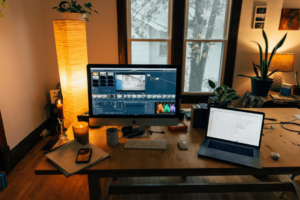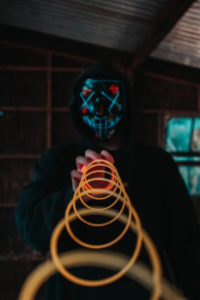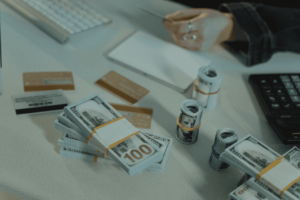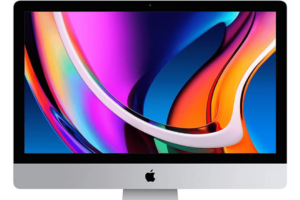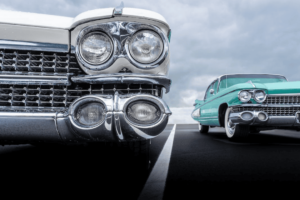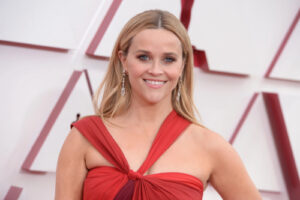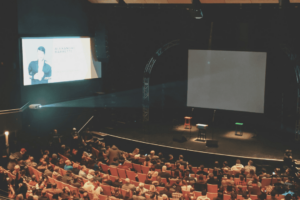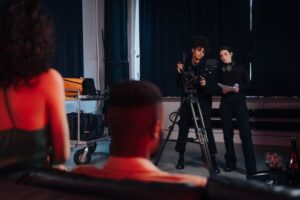Consider your favorite fanciful film or video game, one with extraordinary real foreign worlds, futuristic vehicles, or unique creatures and personalities. Have you ever wondered who comes up with the ideas and designs for such elements? A concept artist’s task is to do just that. The overall artistic vision for a project is known as concept art. Let’s explore this concept more.

What is Concept Art?
Concept art is a type of visual art used to communicate a concept in films, video games, animation, comic books, and other forms of media. It is a process done before the implementation of the final result. Though they are frequently mistaken, concept art refers to world-building artwork used to inspire the development of media goods. Therefore, it is not the same as visual development art.
Several iterations are required to create concept art. Before deciding on the final design, several options are considered. First, concept art is used to create the work and show directors, clients, and investors how the project progresses. Concept art can be altered and utilized for advertising materials once the task has been completed.
The Role of the Concept Artist
Through storytelling, a Concept Artist visualizes characters, environments, props, and more. Every Concept Artist should live by the adage “a picture is worth a thousand words.” Working from existing drawings, imagining sequences from a novel that gets converted into a film, or developing new worlds and characters from scratch, are general tasks for this artist. They put their stamp on their work while being committed to the mission and the end aim.
Tips to Become a Concept Artist
Importance of Concept Artist
Animated films and video games, for example, can bring together hundreds to thousands of artists who must work together to create the final product. Before moving forward with their part of the project, concept art ensures that all artists are on the same page.
Salary of a Concept Artist
A concept artist in video games earns an average of $60,000-$70,000 per year, while many earn significantly less or much more.
History of Concept Art
The Walt Disney Animation Studios utilized the phrase “concept art” as early as the 1930s. Disney employed Mary Blair to design concept paintings for “Cinderella,” “Alice in Wonderland,” and “Peter Pan.” Many artists have worked on Disney films throughout the years, producing the picturesque, imaginary worlds and characters that the franchise is famous for.
Concept artists create a visual design for something that does not exist yet, such as a character or a location. Film, animation, and, more recently, video game development are all examples of this. Commitment, vision, and explicit knowledge of the function are all required of concept artists.
Tools and Software used to Create Concept Art
Digital technology has been adopted by concept art. Raster graphics editors for digital painting, as well as technology such as graphics tablets, have become more widely available, allowing for more efficient working methods. Traditional materials such as oil paintings, acrylic paints, markers, and pencils were employed prior to this. Many modern paint packages are intended to replicate color blending in the same manner that paint would blend on a canvas. Therefore, a concept artist’s ability to use painting software often depends on working with traditional media.
Photoshop and Corel Painter are two popular applications for concept artists. Manga Studio, Procreate, and ArtRage is among the others. Because of the ease of editing and quickness, most concept artists have shifted to digital media. Many concept projects have tight deadlines and require a highly polished item in a short amount of time.
Themes in Concept Art
Being the central medium in cinema poster design from the early days of Hollywood, concept art has always had to cover a wide range of subjects. However, science fiction and fantasy are the two most widely covered areas. In addition, concept art has extended to span genres ranging from fantastical to realistic, depending on the ultimate output, since its recent use in video game production.
Styles in Concept Art
Depending on the requirements of the project, concept art can range from stylized to photorealistic. During the early ‘blue sky’ stage of production, artists working on a project frequently turn over a vast number of times. This allows for a wide range of interpretations, most of which are sketches, speed paints, and 3D overpaints. Later pieces, such as matte paintings, are created with as much realism as possible. Concept artists are frequently required to conform to the style of the studio for which they are employed. A concept artist’s ability to create many types is highly valued.
Specialists in Concept Art
There are many generalist concept artists, as well as many specialized concept artists. Character drawing, monster drafting, environment drafting, and even industry-related designs are just a few of the specialties available. For freelancers, specialization is preferred above flexibility for concept artists who want to work in-house. All disciplines require art fundamentals, such as anatomy, perspective, color theory, design, and lighting.
Application of Concept Art
Ethereal mood shots and more precise schematics of a prop or character are examples of concept art. But, again, the goal is to limit the margin for error and save time and money.
It is critical to remember that it’s not just the art that matters. Remember how you used to be chastised in math class for not showing your work? So, what is this? Those are the workings of concept art.

Every book of the art-quality image you see has dozens, if not hundreds, of photos that have all played a part. It may have been a scratch that helped the art director realize a concept or an utterly wrong design. The critical thing to remember is that they’re all a part of the process, even the ones that are not so pleasant. It’s rare to nail the target the first time when it comes to concept art.
The majority of creative projects necessitate the participation of others who are, should we say, less imaginative. Rather than Photoshop and a Wacom tablet, I’m more at ease with spreadsheets and figures. These are either the men in charge of the purse strings. These individuals could also be the project manager or producer.
Concept Art and Creative Psychology
Different Types of Concept Art
Given the number of factors that go into making a film or video game, it’s no surprise that concept art comes in various forms. Characters, equipment, and entire worlds are featured in the concept art images below.
Character Concept Art
Character concept art necessitates much research before putting pencil to paper. For example, suppose you were working on concept art for a new Spider-Man film. In that case, you may look at several photos of spiders to help you create the famous black emblem that appears on the eponymous superhero’s suit.
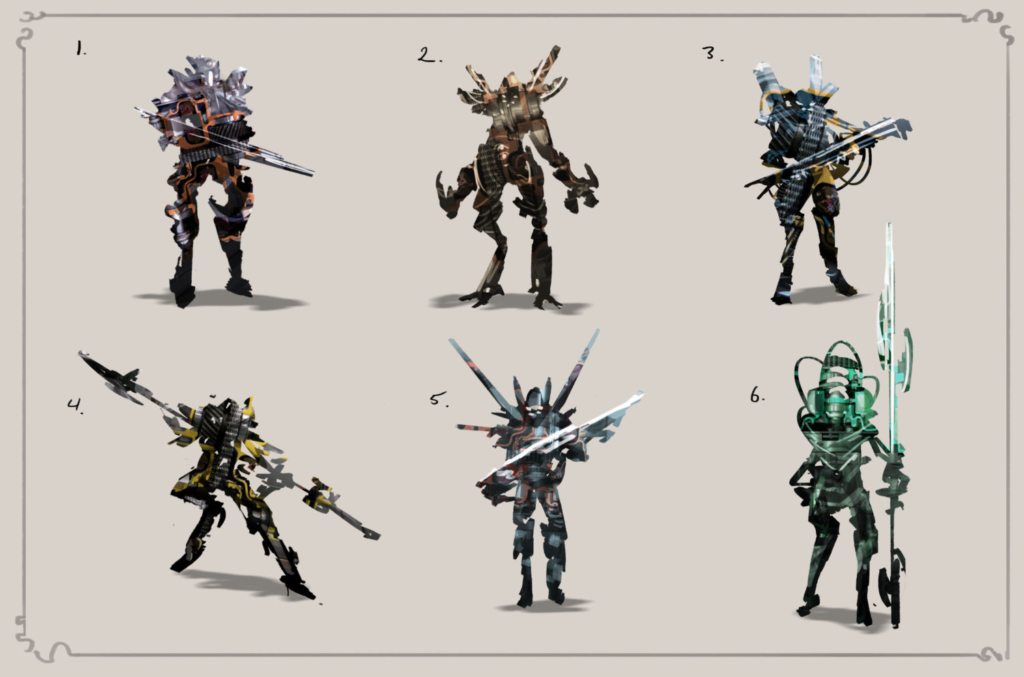
Concept artists will develop numerous character design draughts before settling on a finished piece as research accumulates and art directors weigh in.
Character Concept Art- Tutorial
World Concept Art
Sketching and interpreting the surroundings and architecture of a story is part of this art style. The setting is an essential aspect of world-building.
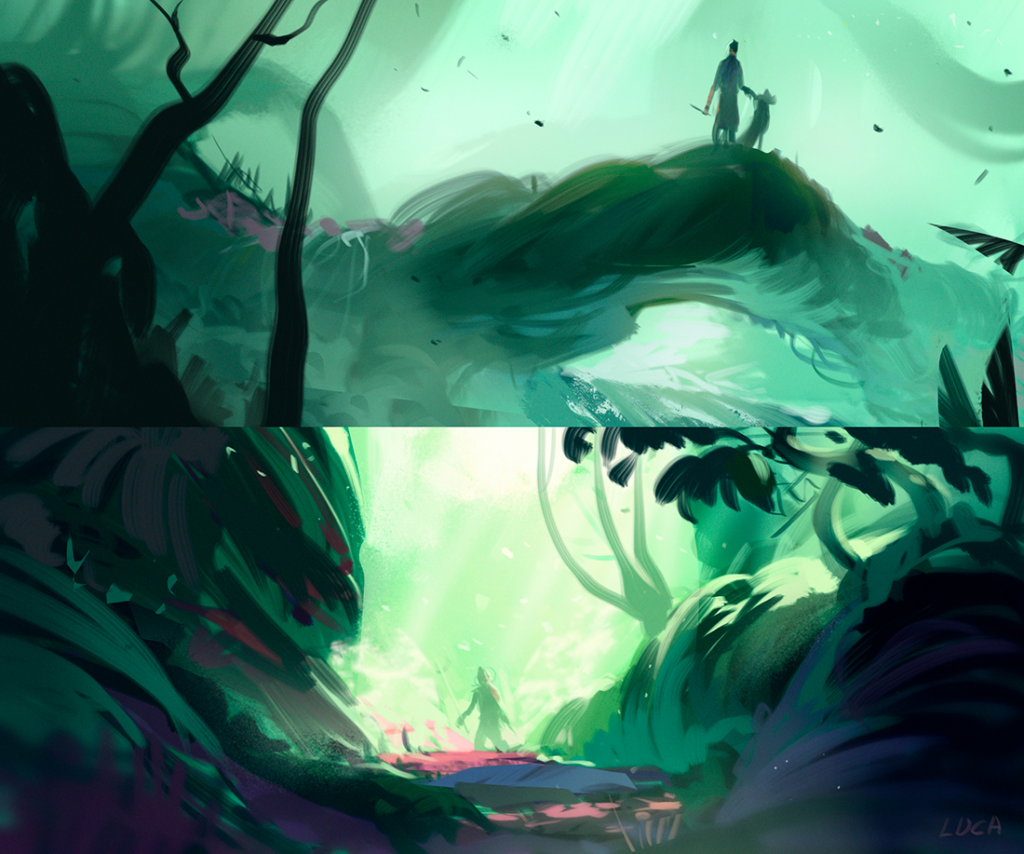
World concept art aids in visualizing the world’s color, texture, and distinctiveness. It is frequently seen in establishing shots or in the background while characters travel through it.
Equipment Concept Art
The gear, weapons, and armor depicted in comic books, animated films, and video games are referred to as equipment concept art.
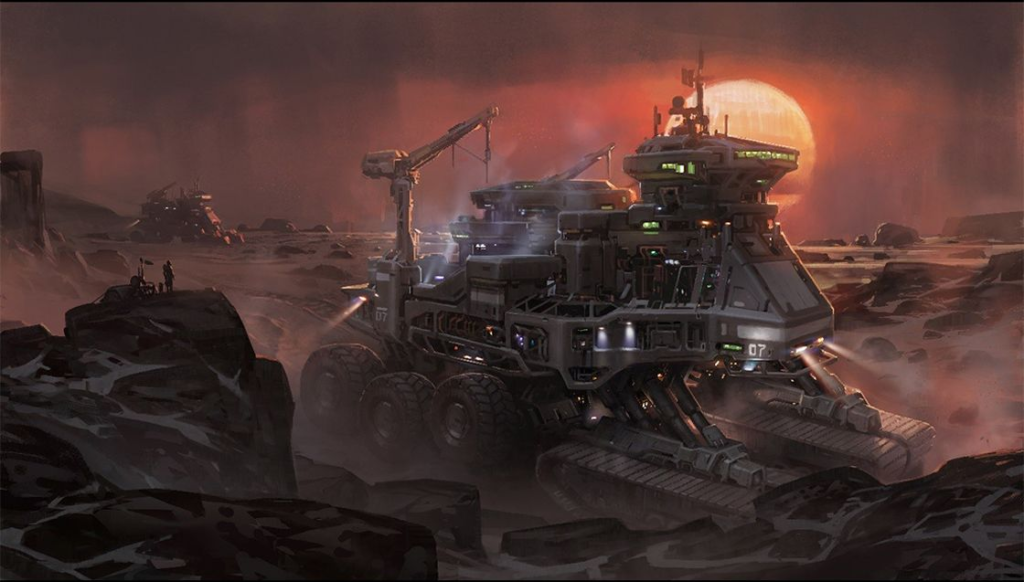
Equipment concept art may improve the world while providing a more profound definition, resulting in a more prosperous and comprehensive final product.
Concept Art- Vehicles, Robots, and Weapons
Difference Between Concept Art and Production Art
Despite some similarities, concept art and production art are significantly different. Backgrounds, models, textures, and animation are examples of elements created by a production artist. A sketched preliminary design is what concept art is.
A concept artist’s job is to swiftly sketch out a variety of initial design concepts and, in the end, establish a definitive style reference for the project to follow. A production artist’s job is to bring the ideas expressed in concept art to life in a high-quality way.
The production artist’s role entails delivering in-product art for animation purposes. As a result, things like character design have little to no diversity. Manufacturing art is an element of the production process in various ways.
Difference Between Concept Art and Illustration
Illustration and concept art are not the same things. The two are closer than ever in terms of quality and methodology, and there is a lot of overlap. Yet, there is one fundamental distinction between them. The word ‘concept’ is the difference.
The concept artist’s job is to explore ideas as rapidly as feasible and present them as effectively as possible. The illustrator’s job is to produce high-quality artwork.
It is pointless to have a beautifully finished piece of work that does not provide anything fresh in terms of design, atmosphere, or feel. It would be a complete waste of time and effort to do so. It is preferable to have a rougher, looser sketch that piques interest and encourages debate. Its shortcomings in terms of art will be swiftly forgotten.
It is essential to understand that concept art is part of a more extensive production process, not a separate thing like a book or editorial illustration. Individual illustrators are frequently hired by projects to create concept art for promotional and marketing purposes.
Videos on Concept Art
Concept Art- 3D games and movies
Applications of Concept Art and Illustration
Conclusion
The heart and soul of your animation are concept art. To finalize the visual ideas early in the project, clear and constructive communication between the artist, the design team, and the client is required.
Quality concept art and open feedback guarantee that the animation meets the client’s expectations and, more importantly, the final product conveys the intended message. Finally, concept art is the initial step toward creating a professional business animation.
